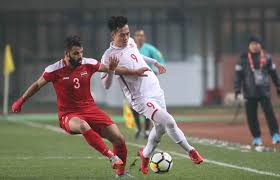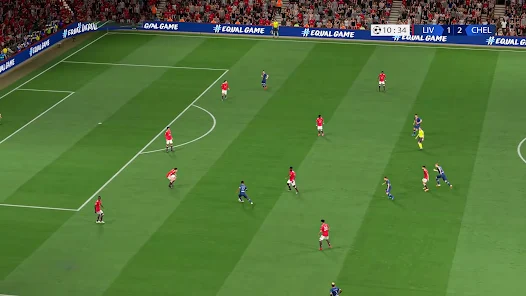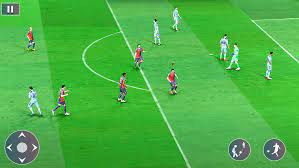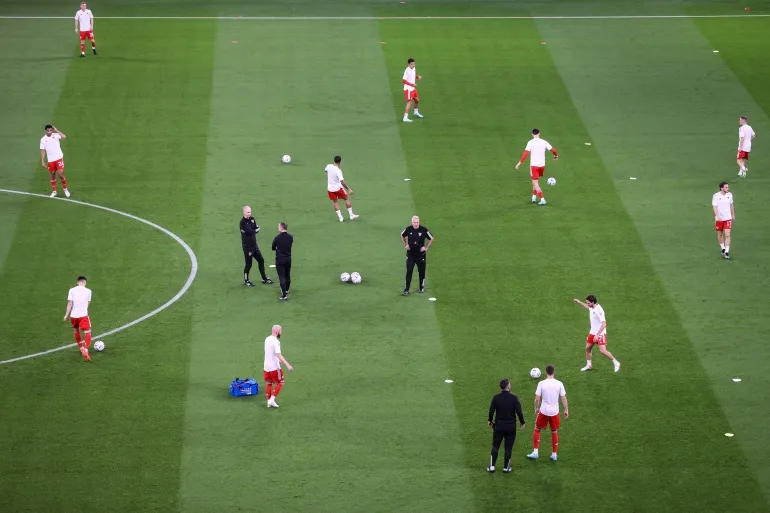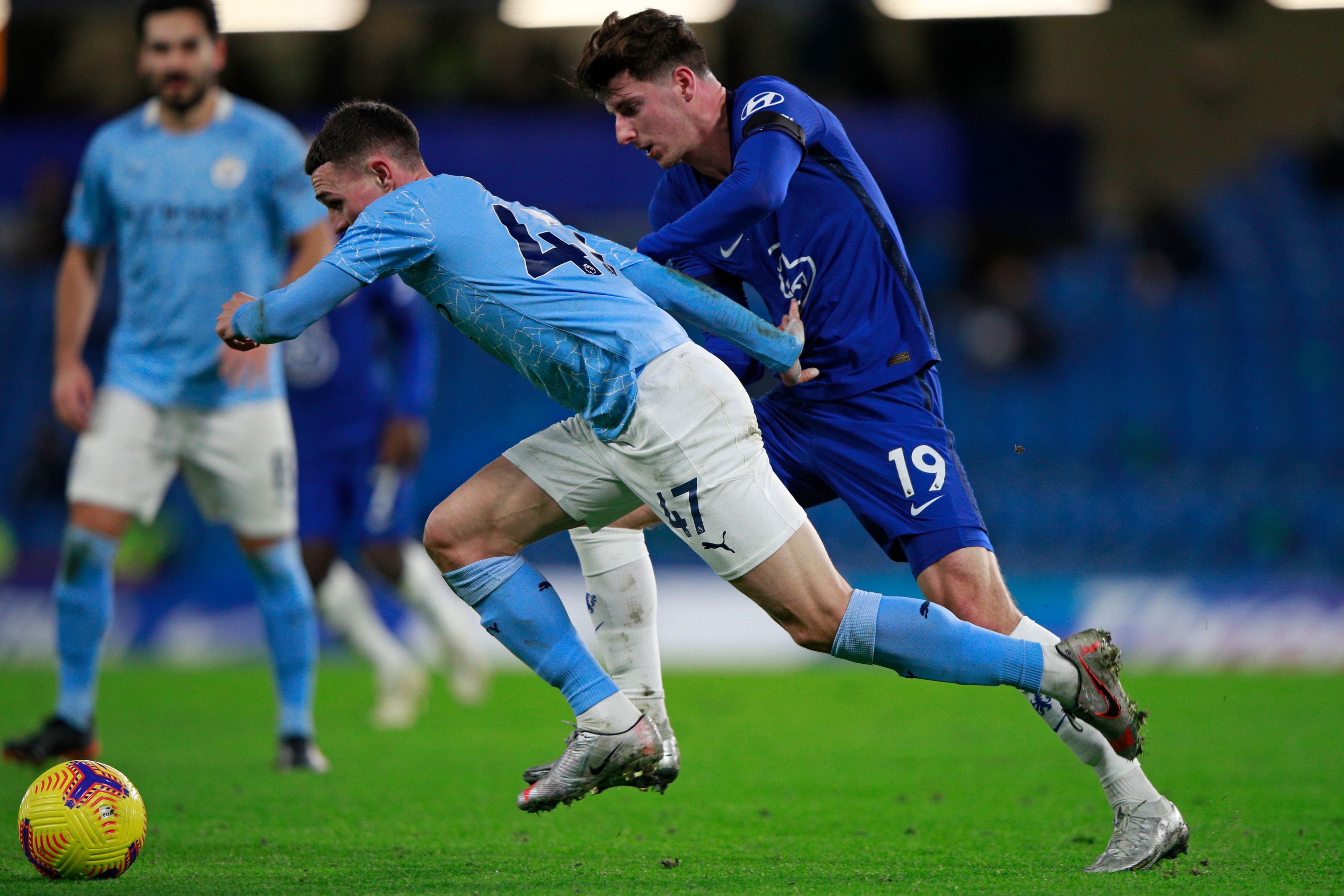
In the field of football betting, half-time and full-time analysis is a challenging but fun task. Accurately predicting the half-time and full-time results of a game can not only bring rich rewards, but also show the analyst's deep understanding of football. As a Vietnamese expert who focuses on football match research, I will share some practical football half-time and full-time analysis techniques here, hoping to help everyone improve their analysis level.
1. Comparison of the strength of the two sides in the game
(I) Clearly understand the gap between the strong and the weak
When there is a clear gap in the strength of the two teams, the trend of the game often has traces. For example, in some of the top five European leagues, the giants play against the mid- and lower-level teams, and the giants usually control the initiative of the game. Like Manchester City against the newly promoted team in the English Championship, Manchester City far exceeds its opponents in terms of individual player ability, tactical coordination and overall strength. In this case, Manchester City is very likely to lead in the first half or even win the whole game. When analyzing such games, we should focus on the offensive firepower of the strong team and the defensive ability of the weak team. If a strong team has a sharp attack, it is more likely to score a goal and take the lead in the first half; while if a weak team has a strong defense, it may be difficult to resist the strong team's full-court attack, but it may be able to hold on for a while in the first half. (II) Matches of similar strength For two teams of similar strength, the result of the game is full of uncertainty. Take the North London Derby between Arsenal and Tottenham in the Premier League as an example. The two teams are evenly matched in strength and their past records are also comparable. In such matches, the probability of a draw in the first half is relatively high, because both sides dare not attack rashly, so as not to be counterattacked by the opponent due to the empty defense. In the second half, as the players' physical fitness declines and tactics are adjusted, the game may change. When analyzing such matches, we should pay attention to the team's tactical style, recent status and the performance of key players. For example, Arsenal is in good offensive form and Tottenham is solid in defense, so the first half may be a defensive battle. In the second half, Arsenal may break the deadlock with its offensive advantage or Tottenham may score a goal with a counterattack.
II. Team Tactical Style
(I) Offensive Team
Some teams advocate offense and have radical tactical styles, such as Real Madrid in La Liga. Real Madrid has many players with outstanding offensive talents, who often take the initiative to attack and launch fierce attacks on the opponent's goal at the beginning of the game. Such teams have a higher probability of scoring in the first half. When analyzing Real Madrid's games, if the opponent's defensive ability is average, then Real Madrid is likely to lead in the first half. However, offensive teams also have the hidden danger of empty defense. If they fail to score in the first half, the opponent may seize the opportunity to counterattack, and the trend of the game in the second half will become complicated.
(II) Defensive Counterattack Team
Defensive counterattack teams represented by the Italian team Juventus have the tactical characteristics of first stabilizing defense and then looking for counterattack opportunities. When facing stronger opponents, Juventus usually shrinks its defense in the first half to limit the opponent's offense. It is common for the team to draw or fall behind in the first half. When the opponent's physical strength declines in the second half or there are mistakes in the offense, Juventus may be able to turn defeat into victory with its efficient counterattack tactics. When analyzing the games of defensive counterattack teams, we should pay attention to their defensive resilience and counterattack speed, as well as the persistence and patience of the opponent's offense.
III. Recent status
(I) Overall team status
A team's recent game results, goals scored, goals conceded and other data can reflect its overall status. For example, if Bayern Munich in the Bundesliga has won consecutive games in recent events, has a large number of goals and few goals conceded, it means that the team is in good shape. When analyzing Bayern's games, the probability of winning is relatively high in both the first and second half. On the contrary, if a team has recently suffered a losing streak, low morale, and poor form, then there may be problems in both offense and defense in the game, and the possibility of falling behind in the first half or even losing the game will increase.
(II) Key player status
The status of key players has a huge impact on the trend of the game. For example, the role of Messi in the Barcelona team. When Messi is in excellent form, the offensive threat of the Barcelona team increases greatly. If you know that Messi is in hot form before the game, the possibility of Barcelona scoring a goal or even taking the lead in the first half will increase. On the contrary, if key players are injured or in a low state, the team's tactical execution and offensive efficiency will be affected, and the result of the game may also change.
IV. Home and away factors
(I) Home advantage
Teams playing at home often have certain advantages. The support of fans can boost the morale of the players, and the team is more familiar with the conditions of the home field. For example, Liverpool in the Premier League, the fan atmosphere at Anfield is extremely enthusiastic, and Liverpool players are more active when playing at home. When analyzing Liverpool's home games, the probability of leading in the first half is relatively high. Moreover, when the home team is in a disadvantageous game, the cheering of the fans may also inspire the fighting spirit of the players, and it is not uncommon to achieve a reversal in the second half.
(II) Difficulties in playing away games
Teams playing away games face many challenges, such as fatigue from long-distance travel, inadaptability to the away field and climate, and interference from away fans. For example, some European teams go to Asia to participate in international competitions. After a long flight, the players' physical fitness is affected, and their performance in the first half may not be good. When analyzing away team games, we need to consider the impact of these factors on the team's status. The away team is more likely to fall behind in the first half or even lose the whole game.
V. Historical confrontation data
(I) Reference to past performance
The historical confrontation data of two teams can provide an important reference for half-time and full-time analysis. For example, AC Milan and Inter Milan in Serie A, two city rivals, in past confrontations, if AC Milan often scored or led in the first half when playing against Inter Milan at home, then when analyzing similar games in the future, the possibility of AC Milan leading in the first half is worth considering. Through the statistics and analysis of historical confrontation data, some rules of game trends can be found.
(II) Special game situations
There may also be some special situations in historical confrontations, such as a team always being able to reverse the situation in the second half when confronting its opponent during a certain period of time. Take Manchester United and Manchester City in the Premier League as an example. There was a time when Manchester United fell behind in the first half of the game against Manchester City, but often turned defeat into victory in the second half. When analyzing this type of game, we should pay attention to the team's tactical adjustments during special periods and the changes in the players' psychological state. These factors may lead to similar trends in the game.

